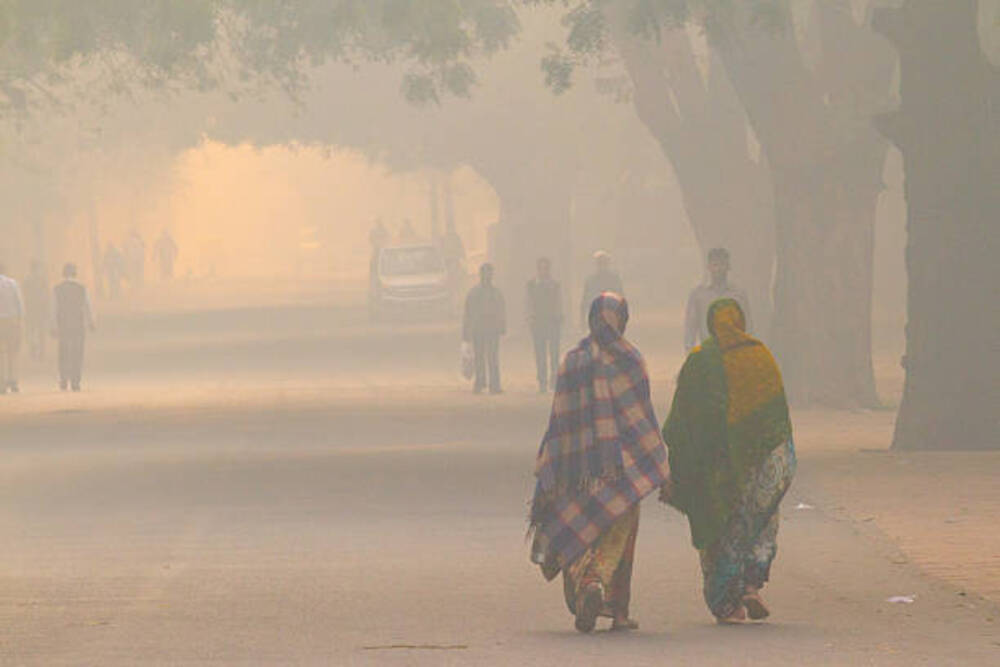Global health continues to be greatly affected by air pollution. Lahore, Pakistan, will have the worst air quality in the world in 2022, according to an annual survey conducted by the Swiss air purifier maker IQAir. Bangladesh has been surpassed by Chad in central Africa as the nation with the worse air. What are the survey’s results and what do they mean for public health?
Air quality and PM2.5
Based on the concentration of lung-damaging airborne particles known as PM2.5, IQAir gauges the quality of the air. PM2.5 stands for tiny particulate matter with a diameter smaller than 2.5 microns. Asthma, heart disease, and lung cancer are just a few of the health issues that can be brought on by these microscopic particles that can readily infiltrate deeply into the lungs.
The annual survey conducted by IQAir is frequently acknowledged by academics and governmental agencies.
Lahore is the city with the worst air quality
Lahore is now the world’s most polluted city, with air quality dropping to 97.4 micrograms of PM2.5 particles per cubic meter from 86.5 in 2021.
Hotan, the only Chinese city in the top 20, was followed by Lahore, which had PM2.5 readings of 94.3, down from 101.5 in 2021.
Indian cities Bhiwadi, which is near Delhi, and Delhi, which was not far behind at 92.6, were the next two in the rankings.
Pakistan and India are among the most polluted countries
In 2022, Pakistan had two of the five cities with the poorest air quality. It placed Pakistan third nationally with a score of 70.9, behind Bahrain with a score of 66.6. With PM2.5 levels of 53.3, India, which has some of the most polluted cities in the world, was ranked ninth in the most recent survey.
In the Central and South Asian region, approximately 60% of the population resides in places where the concentration of PM2.5 particles is at least seven times higher than the World Health Organization’s recommended standards. The survey stated that India and Pakistan had the poorest air quality.
Chad tops the list of poor air quality countries
Iraq has the second-most polluted air of any country, with an average level of 80.1, trailing only Chad’s level of 89.7. Bangladesh’s air quality, however, has improved since being named the country with the worst air quality in 2021. According to the most recent data, PM2.5 levels have dropped to 65.8 from 76.9.
Air pollution and public health
According to the report, one in every ten people worldwide lives in areas where air pollution endangers their health. The WHO recommends a maximum PM2.5 value of 5 micrograms per cubic meter.
According to the survey, approximately 60% of people in Central and South Asian regions reside in polluted areas. Their PM2.5 concentrations are at least seven times higher than what is considered safe.
And the winner of cleanest air is…
Guam, a U.S. territory in the Pacific, had the cleanest air of any nation. The PM2.5 concentration there is just 1.3. Canberra had the cleanest air of any capital city, with a PM2.5 concentration of 2.8.
The yearly IQAir survey emphasizes the growing risk that air pollution poses to public health. The results indicate that in cities and nations with high PM2.5 levels, immediate action is required to alleviate air pollution. Together, governments, corporations, and people must reduce air pollution and take the necessary precautions to safeguard the public’s health.

